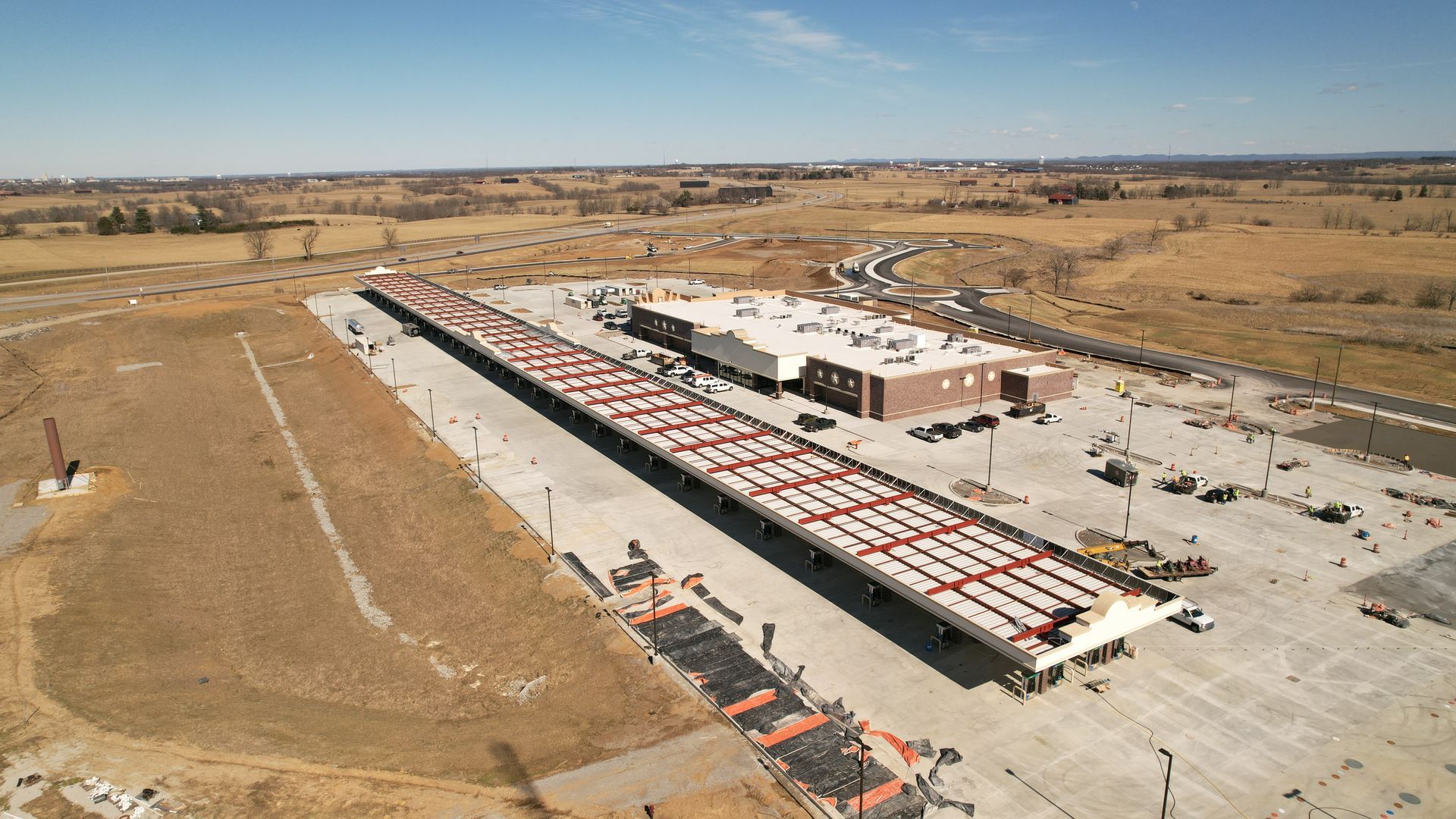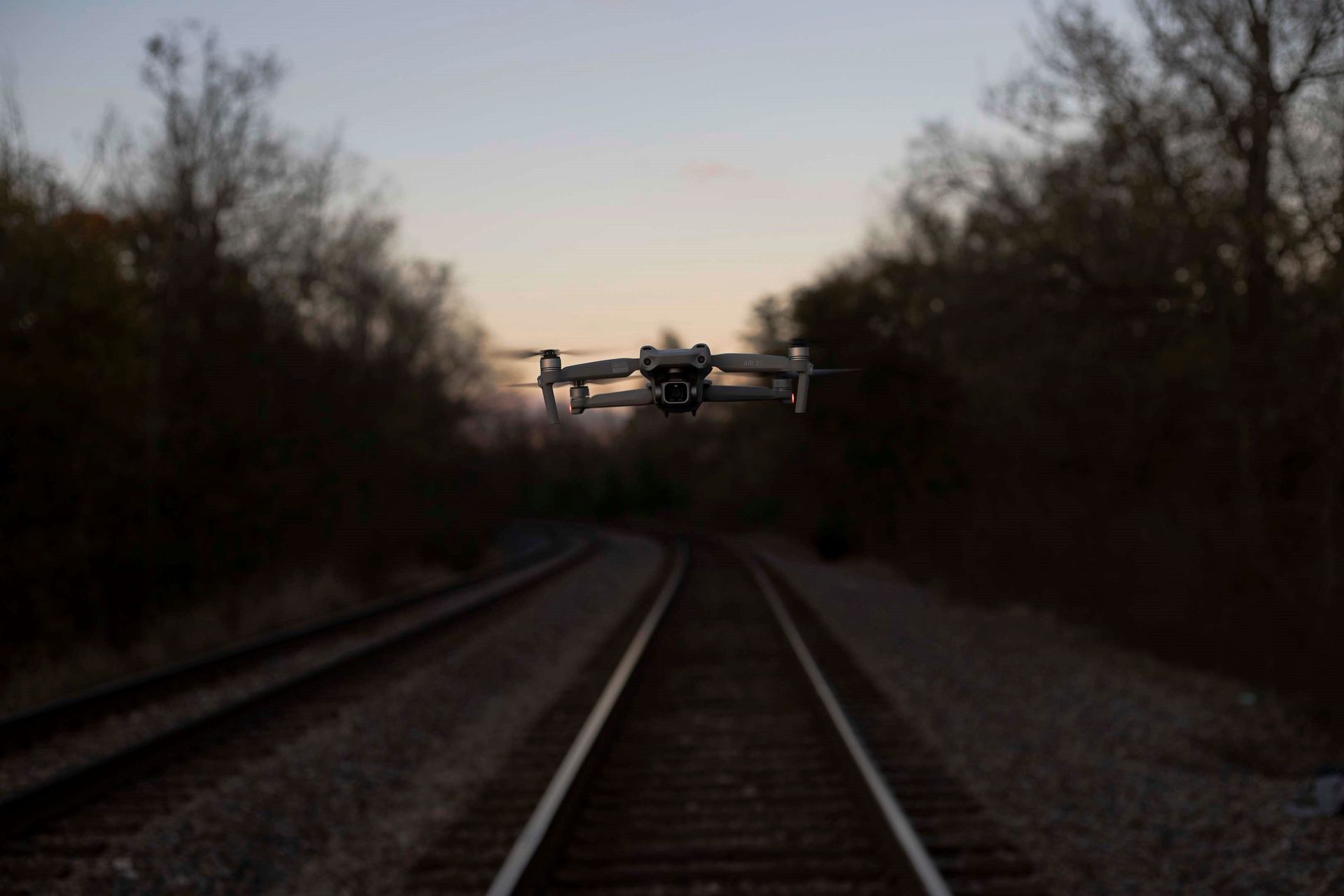How Drone Surveys are Transforming Solar Farm Efficiency
The Role of Drones in Solar Farm Management
Solar farms are an essential part of the transition to renewable energy, but managing and maintaining them can be challenging. Drones are transforming the way solar farms operate by streamlining inspections, improving efficiency, and reducing costs. According to a recent industry report, drones can reduce solar farm inspection times by up to 85%, making them a critical tool for modern solar farm management. Equipped with advanced imaging technology, drones offer unparalleled insights into solar farm performance, helping operators maximize energy production and minimize downtime.
Benefits of Drone Surveys for Solar Farms
1. Faster Inspections
Traditional inspection methods for solar farms can take days, requiring personnel to manually examine rows of panels. Drone surveys significantly reduce inspection time, covering large areas in hours. This speed allows for more frequent assessments, ensuring potential issues are identified and addressed promptly.
2. Enhanced Accuracy with Thermal Imaging
Drones equipped with thermal cameras can detect subtle temperature variations in solar panels. These variations often indicate issues such as faulty wiring, hotspots, or defective cells. By pinpointing problem areas with precision, drone surveys eliminate guesswork and enable targeted maintenance.
3. Cost-Effective Maintenance
Manual inspections often require extensive labor and specialized equipment. Drone surveys provide a more cost-effective solution by reducing the need for manpower and equipment rentals. Additionally, early detection of problems helps prevent costly repairs or replacements.
4. Safety Improvements
Inspecting solar farms manually can be hazardous, especially in large installations with elevated panels. Drones eliminate the need for physical access to potentially dangerous areas, enhancing safety for inspection teams.
Key Applications of Drone Technology in Solar Farms
Thermal Imaging for Fault Detection
Using thermal imaging, drones can identify underperforming panels, shading issues, and electrical faults. These insights help operators maintain peak efficiency and extend the lifespan of their solar arrays.
Site Mapping and Planning
High-resolution aerial imagery captured by drones is invaluable during the planning and construction phases of solar farms. Detailed maps ensure optimal panel placement and efficient land use.
Ongoing Performance Monitoring
Routine drone surveys enable operators to monitor the health of their solar farms continuously. This proactive approach ensures that minor issues are addressed before they escalate, maintaining consistent energy output.
Real-World Impact: Drone Surveys in Action
One case study involves a 50-acre solar farm that implemented drone inspections to replace traditional methods. The drones completed a full survey in under three hours, identifying several defective panels that were previously overlooked. By addressing these issues early, the farm increased its energy production by 8% and saved thousands of dollars in repair costs.
Conclusion: The Future of Solar Farm Efficiency
Drone surveys are no longer a luxury but a necessity for solar farm operators looking to stay competitive. By enhancing efficiency, reducing costs, and improving safety, drones are paving the way for a more sustainable and reliable solar energy future.
Ready to transform your solar farm operations? Contact us today to learn more about our drone services for solar farms.



